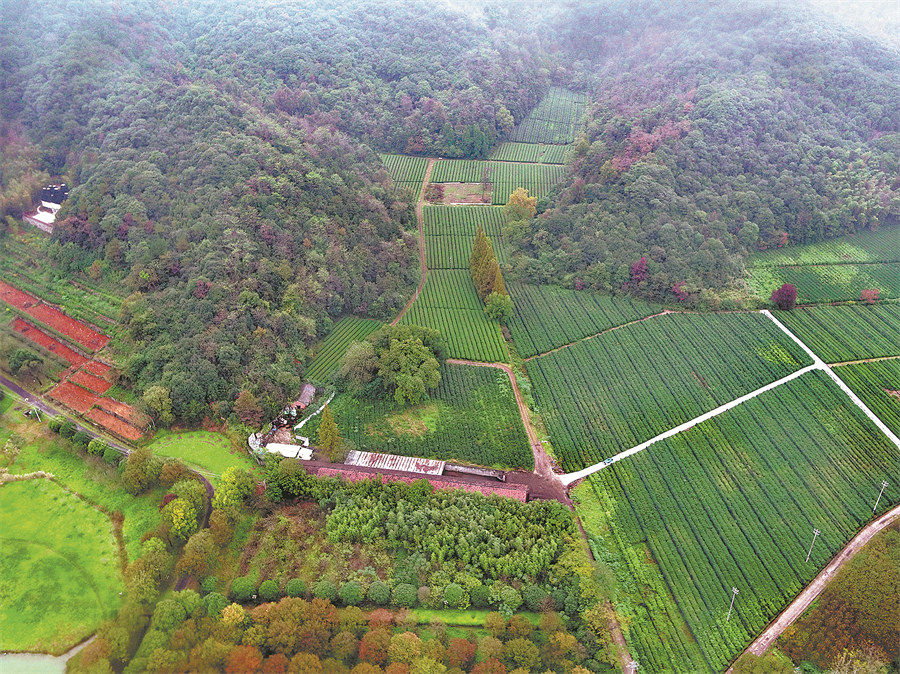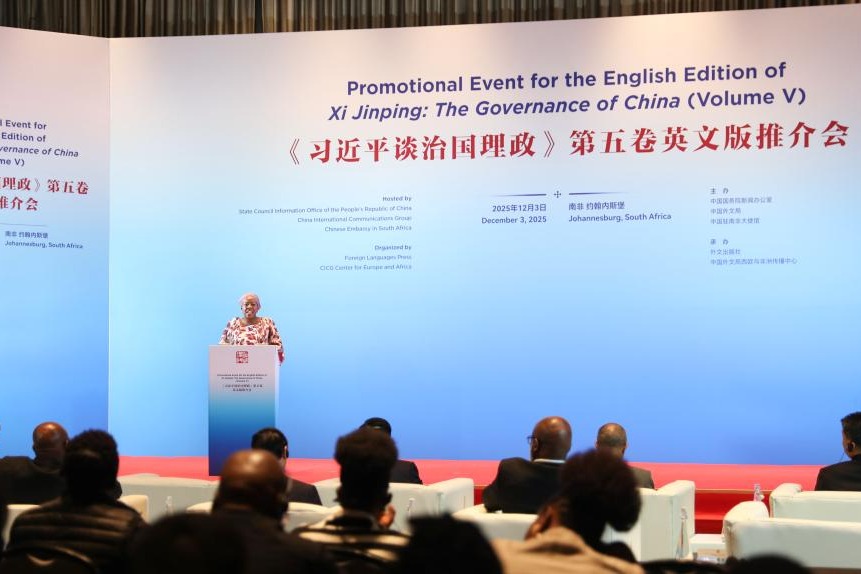Chamber of Southern Song tomb reawakens history


Despite interruptions due to various historical factors, the tradition was steadfastly maintained, making it a significant example of the enduring and unbroken transmission of Chinese civilization, he emphasizes.
Since 2012, under the overall planning of the National Cultural Heritage Administration and the Zhejiang provincial cultural heritage bureau, the Zhejiang cultural relics and archaeology institute has conducted systematic archaeological surveys, explorations and excavations at the mausoleum site.
The study of the Six Mausoleums of the Song Dynasty depends more on field evidence.
"Very few early documents have survived, and records from the Ming and Qing (1644-1911) dynasties are often highly misleading," Li says.
"Therefore, we have had to rely almost entirely on field archaeology to rediscover and understand this imperial burial ground."
























